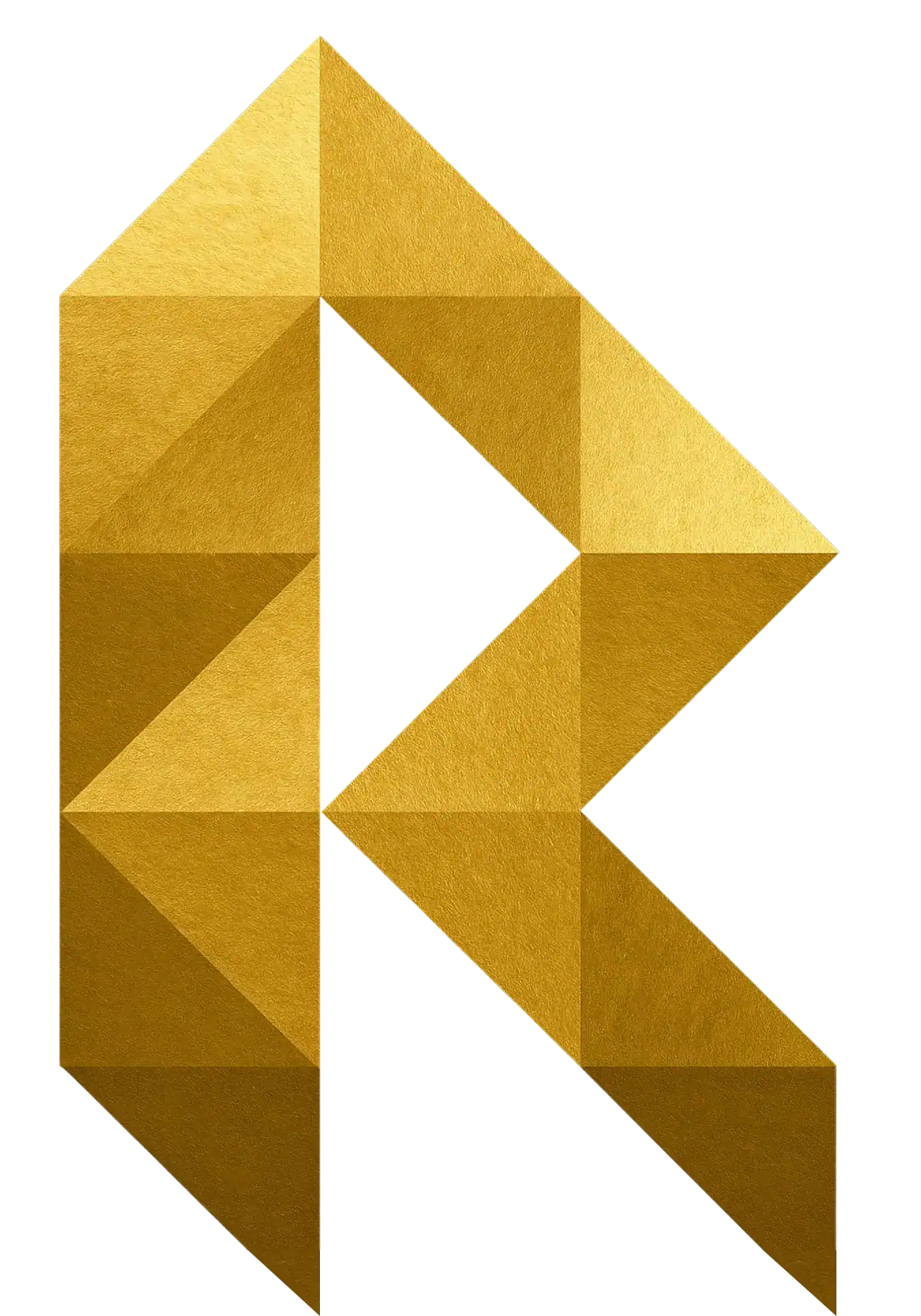Designer Tip 6
CORK FOR SURFACES, FLOOR AND WALLS
Cork floors are made to feel like hardwood, in contrast to the initially spongy sensation this material evokes. Because only the bark is collected when cork is extracted, they present an intriguing sustainable choice. Cork can also be easily recycled. Like bamboo, cork is a resource that grows quickly. It gains extra points for coming from a living tree that will keep on growing and producing cork, which is tree bark. Due to its flexibility and resilience, cork can withstand pressure and still return to its original shape. Cork is a strong heat insulator because of this. Because it’s almost impermeable, it doesn’t absorb moisture or rot.
Designer Tip 7
LIME PLASTER FOR WALLS
By eliminating moisture from the air, lime plaster functions almost like a natural dehumidifier. It lasts a very long time. Since lime plaster is composed of such tiny particles, it can fill even the smallest spaces and penetrate deeply to make a tight connection. Furthermore, as calcite crystals grow, lime plaster gets stronger over time. Also, it is flexible. Compared to more brittle cement-like materials, lime is much more forgiving and less likely to crack. The environmental impact of lime plaster is undoubtedly one of its top advantages (or lack thereof). It eventually has the potential to become carbon neutral because it absorbs carbon. If pesticides are not employed, there are no known substantial environmental effects associated with lime production that would make it unsustainable. Lime plaster also requires less energy to produce than many other types of modern plaster making it an eco-friendly option.
Designer Tip 8
HEMPCRETE FOR BUILDING
The rapidly growing hemp plant, which replenishes itself annually in about 4 months, is a truly renewable, sustainable alternative to lumber. Hempcrete is a carbon sink, a strong insulator, pest- and fire-resistant, and able to store and release moisture. However, concrete is more durable than hempcrete. Because it is light and not dense, it does not have the overall strength of concrete. Furthermore, hempcrete is a non-toxic material. As a result, it does not leak any dangerous elements into the building structure that could harm the building or even the occupants. Additionally, because it is completely biodegradable, the material is recyclable and easily reusable. Importantly, hempcrete absorbs carbon dioxide both during and after the manufacturing process, significantly minimising its impact on the environment through emissions and greenhouse gases.
Designer Tip 8
ENVIRONMENTAL FRIENDLY INSULATION
There are many environmentally friendly insulations that you can use. By having insulation, it can preserve your indoor air quality. This reduces the need for propane, fuel oil, natural gas, and electricity to heat. This leads to cutting down on energy consumption. Some examples for environmentally friendly insulation:
- Cotton
- Cellulose
- Cork
- Denim Insulation
- Spray foam Insulation
- Sheep Wool

